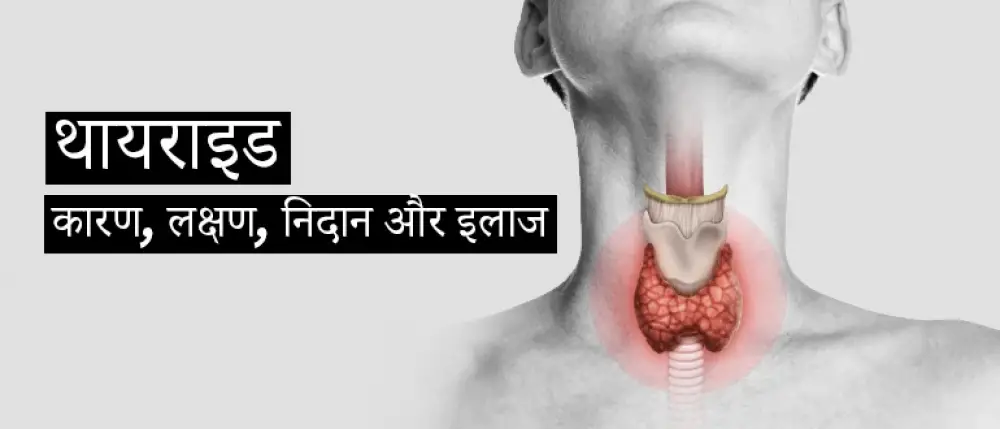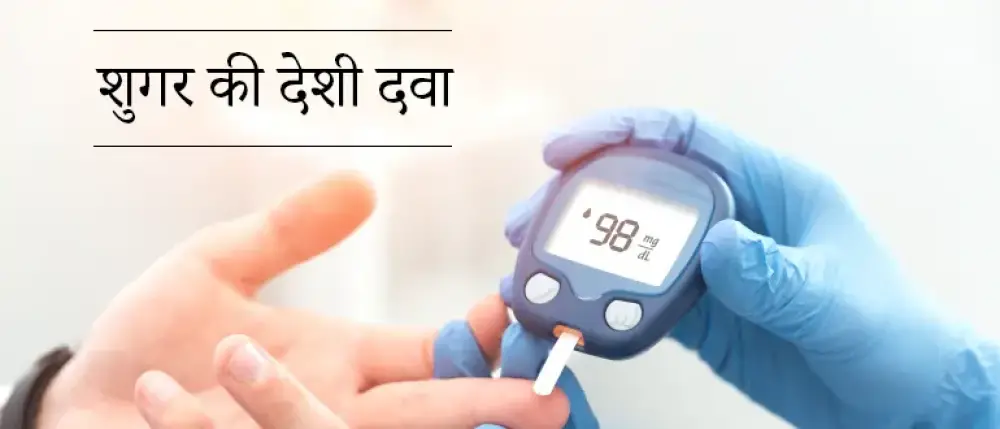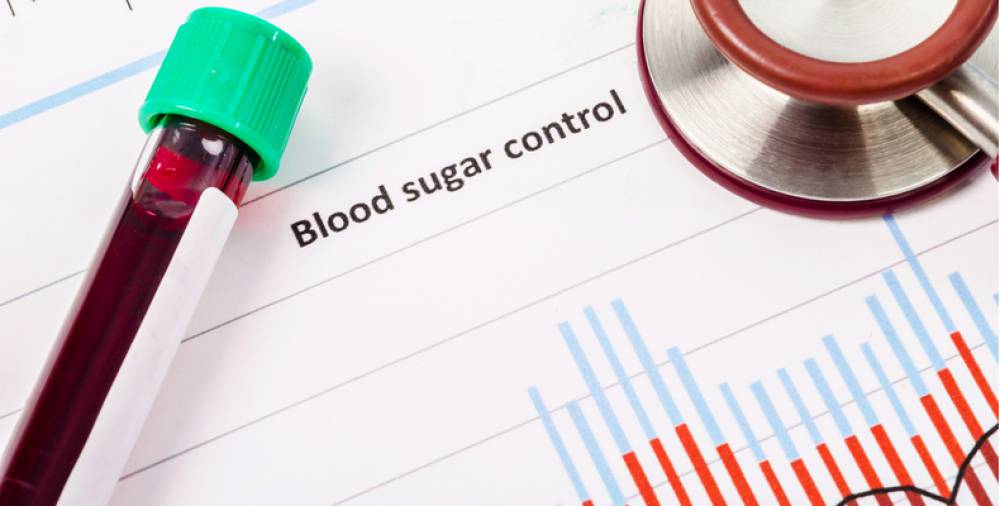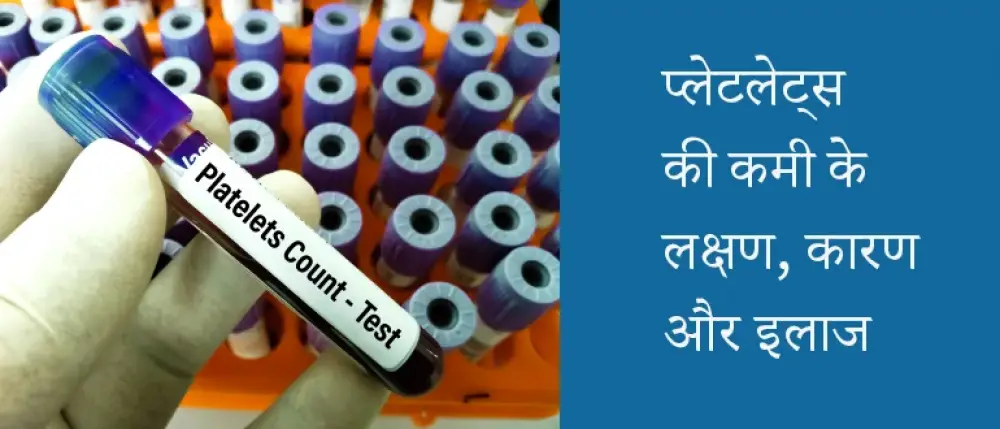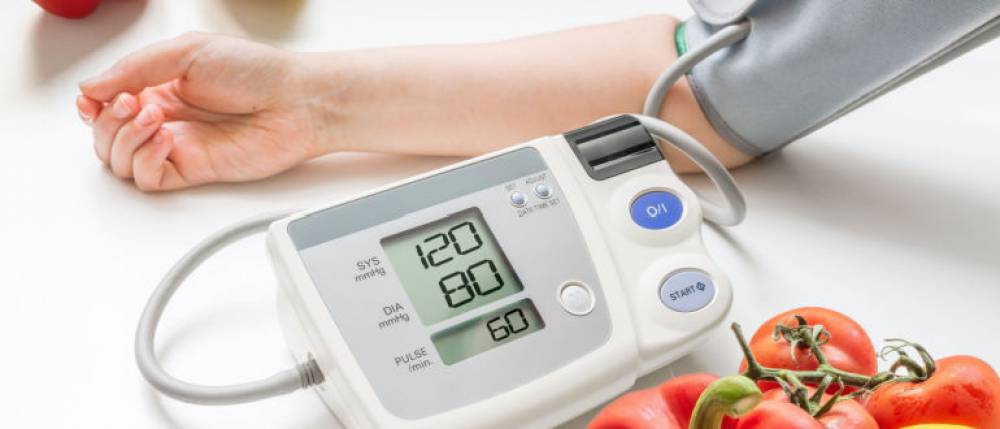Diabetes and stroke are two of the most prevailing health concerns that affect millions of people worldwide. People with diabetes are at high risk of developing stroke due to the effect of high sugar levels on the heart and blood vessels. This guide explores the comprehensive connection between diabetes and stroke, including symptoms, causes, diagnosis, and treatment in managing these conditions efficiently.
What is Diabetes?
Diabetes is a medical condition in which the body can't produce or use insulin correctly. Insulin is a hormone responsible for regular blood sugar levels. If the condition is left untreated for a more extended period, it can cause serious complications such as stroke. Diabetes occurs differently in people and might affect them in two of its primary types, which are:
- Type 1 Diabetes is an autoimmune condition in which the body starts attacking cells responsible for producing insulin in the pancreas. As a result, it eventually leads to no insulin production or very little in terms of quantity.
- Type 2 Diabetes is a prevalent type of diabetes that occurs when the body is insulin resistant, causing high blood glucose levels.
These two types of diabetes are responsible for contributing to high blood glucose levels, which leads to blood vessel impairment, hence enhancing the possibility of stroke.
What is a Stroke?
A stroke is a medical condition in which blood flow to one of the brain's parts is interfered with due to obstruction or blood vessel breakage. This interruption leads to the rupture of brain cells, causing possible lasting disability or death. In this condition, patients are usually affected by two types which are:
- Ischemic Stroke occurs due to blood vessel clots or blockage, limiting blood flow to the brain.
- Hemorrhagic Stroke occurs due to blood vessel rupture in the brain, causing bleeding.
These types are severe forms of stroke and might lead to permanent brain impairment when not administered fast.
The Link Between Diabetes and Stroke
Diabetes raises the risk of stroke due to its impact on blood vessels and other bodily functions. It happens when the blood sugar levels are elevated; they impair blood vessels, which makes them vulnerable to obstructions or breakage. Here are some of the factors reflecting on the link between diabetes and stroke:
- Vascular impairment: High blood sugar levels cause blood vessels to harden and narrow, lowering blood flow to the brain.
- Increases the risk of clotting: Diabetes can modify the clotting factors in the body, enhancing the hazard of clots that obstruct blood vessels, eventually leading to a stroke.
- High blood pressure: Individuals with diabetes usually experience the risk of high blood pressure, which causes strains in the blood vessel walls, hence leading to a stroke.
- Heart disease: People with diabetes are more prone to developing various heart problems, thus increasing the risk of stroke.
Symptoms of Diabetes and Stroke
Understanding the symptoms of diabetes and stroke is crucial for initial diagnosis and addressing the condition. Here are the symptoms for both these problems.
Symptoms of Diabetes
Here are the symptoms that might lead to a diabetic attack:
- Blurry vision or challenges when trying to see clearly
- Frequent infections or sores that are slow-healing
- Hands or feet numbness or feeling of tingling
- Frequent urination and grown thirst
- Excessive fatigue
- Unexplainable weight loss
Symptoms of Stroke
The symptoms of stroke usually occur suddenly and might involve:
- Sudden severe headache, unknown cause
- Vision issues, like blurry or double vision
- Difficulty walking due to dizziness or balance loss and coordination
- Numbness or weakness in the body's one side
- Difficulty speaking or understanding
Causes of Diabetes and Stroke
Some contributing factors might lead to increasing the risk of growing diabetes and stroke. Hence, one should be mindful of the reasons for seeking medical attention on time.
Causes of Diabetes
Here are some causes that might contribute to the diabetes and heart attack:
- Hereditary: People with a genetic history of diabetes are prone to growing the condition.
- Obesity: Obese people, mainly with abdominal fat, often experience insulin resistance, hence enhancing the probability of developing type 2 diabetes.
- Poor diet: Individuals with poor diets like sugars, fats, and processed fats are vulnerable to developing conditions like obesity and insulin resistance, which increases the risk of diabetes and stroke.
- Sedentary Lifestyle: People with no activity in their life are susceptible to developing type 2 diabetes.
Causes of Stroke
Here are the contributing factors to stroke:
- Atherosclerosis: The plaque accumulation in the arteries minimises brain blood flow, leading to stroke risk.
- High Blood Pressure: It occurs due to hypertension, which strains blood vessels in the brain and increases the probability of rupturing or narrowing.
- Heart Disease: Heart issues, mainly irregular heart rhythms, cause blood clots that may move to the brain, risking stroke.
- Smoking: It enhances the possibility of clot formation as smoke impairs blood vessels.
- Extreme Alcohol: Individuals who drink regularly are prone to developing high blood pressure and the formation of clots, eventually leading to diabetes and stroke.
Risk Factors for Stroke in People with Diabetes
Various risk factors enhance the possibility of diabetes and stroke. Usually, this concern of stroke is much higher in individuals with diabetes. Being mindful of these risks helps take specific precautionary measures before the problem goes out of hand. So, here are these risk factors:
- Obesity: Obese people are at a high risk of growing health concerns like hypertension and other cardiovascular illnesses, causing the risk of diabetes and stroke.
- Uncontrolled blood sugar: High blood sugar levels cause blood vessels to narrow and thicken, increasing the risk of stroke.
- High cholesterol: People with diabetes often have an unhealthy lipid profile, including increased levels of bad cholesterol and reduced levels of good cholesterol. This factor also increases the likelihood of stroke.
- Sedentary lifestyle: Physical inactivity can increase the probability of developing both diabetes and stroke, including cardiovascular conditions.
- Smoking: It aggravates blood vessel impairment and raises the risk of clotting, hence leading to diabetes and stroke.
- Family history: Individuals with genetics of heart disease, diabetes, or stroke enhance the risk of developing these conditions.
Diagnosis of Diabetes and Stroke
Diabetes Diagnosis
Healthcare experts diagnose diabetes through various blood tests, including:
- Fasting Blood Glucose Test helps evaluate blood sugar levels correctly, and the patient must fast for at least eight hours before it.
- The oral Glucose Tolerance Test (OGTT) involves sipping a sugary solution and undergoing blood tests over the next few hours. If blood sugar is over 200mg/dL, it signifies diabetes.
- The haemoglobin A1c Test assesses blood sugar levels and detects the percentage of diabetes in the body over the past 2-3 months.
Stroke Diagnosis
Immediate clinical attention is necessary when stroke is detected. Here are the diagnostic methods that health experts involve:
- CT Scan (Computed Tomography) is a procedure that provides comprehensive brain pictures to identify bleeding or obstructions indicating a stroke.
- MRI (Magnetic Resonance Imaging) gives high-resolution pictures to diagnose brain impairment and detect the stroke location.
- Blood Tests help assess glucose levels, possible underlying causes, and clotting factors.
- Carotid Ultrasound measures blood flow in the carotid arteries to detect obstructions.
- Electrocardiogram (ECG) identify irregular heart rhythms contributing to the growing stroke risk.
Treatment for Diabetes and Stroke
Treatment for diabetes and stroke depends on the type and severity of the condition.
Treatment for Diabetes
Diabetes management includes regulating blood sugar levels and averting its effects. Here are some treatment methods health experts usually involve:
- Medications: Health professionals recommend some oral medications to manage diabetes, depending on their type. For instance, doctors give insulin to manage type 1 diabetes, and for type 2, oral medications.
- Lifestyle Changes: Doctors suggest specific lifestyle changes to address the complications of diabetes, such as a healthy diet, regular exercise, and weight management for diabetes treatment.
- Blood Sugar Monitoring: To manage diabetes, patients must regularly monitor their blood sugar levels.
Treatment for Stroke
Healthcare experts recommend stroke treatment depending on the type. Here are some of the treatment options:
- Ischemic Stroke: Doctors often prescribe Thrombolytic (clot-busting) drugs to break down blood clots. A surgeon might perform a thrombectomy in severe cases to eliminate the clot.
- Hemorrhagic Stroke: Surgery may be crucial in this type to repair impaired blood vessels and eliminate blood buildup in the brain.
- Rehabilitation: It involves physical, speech, and occupational therapy to assist patients in retrieving lost capabilities.
Tips to Prevent Diabetes and Stroke
Diabetes and stroke prevention usually include mindful lifestyle changes and healthy habit patterns. Incorporating assertive steps can assist in substantially minimising the risk of diabetes and heart attack linked to these conditions. Here are some tips that can help you prevent both diabetes and stroke efficiently:
- Maintaining a healthy weight helps keep blood sugar levels and lowers heart pressure.
- Incorporate regular exercise for at least 30 minutes daily in your routine.
- Concentrate on eating a healthy and balanced diet that includes fresh vegetables, fruits, whole grains, and lean proteins.
- Regularly check your blood pressure to prevent diabetes and stroke.
- Monitor your blood sugar levels to detect and address any shifts initially.
- Don't consume alcohol as it aggravates blood pressure and leads to weight gain as well.
- Quit smoking if you do it regularly, as it is one of the primary factors that increase the risk of stroke and diabetes by impairing blood vessels and increasing blood pressure.
- Stress might also contribute to developing stroke and raising blood sugar levels, so try practising yoga, meditation, and deep breathing exercises.
How Does Health Insurance Help in Diabetes and Stroke Management?
Given the intricacy and expense of managing both diabetes and stroke, having exhaustive health insurance is essential. Health insurance for diabetes is crucial in covering the high costs of medications, doctor consultations, tests, etc. Here’s how health insurance can help:
- Covering regular clinical visits as diabetes and stroke management include doctor visits, tests, etc.
- Health insurance can help cover medications such as insulin, blood pressure drugs, or cholesterol medications.
- Health insurance allows an individual to seek instant treatment and hospitalisation in an emergency, like a stroke.
- After diabetes and stroke treatment, the patient might need extensive rehabilitation and health insurance in such a case can be of great help.
Care Health Insurance offers specialised plans for chronic conditions such as diabetes and stroke, guaranteeing you get the essential treatments, medications, and preventive services without notable financial strain.










